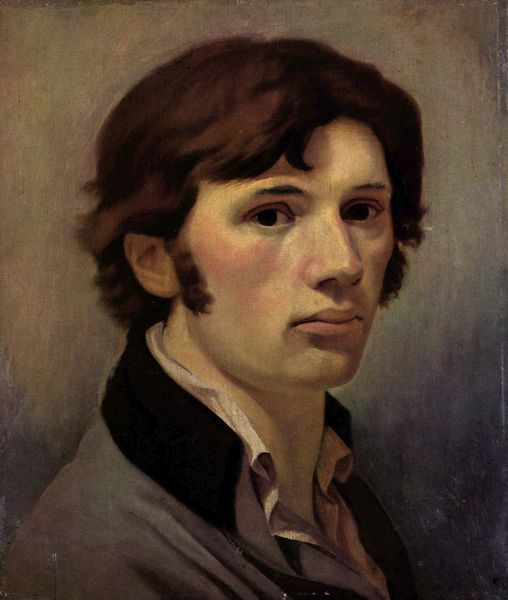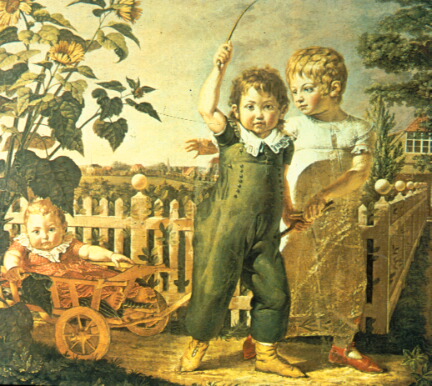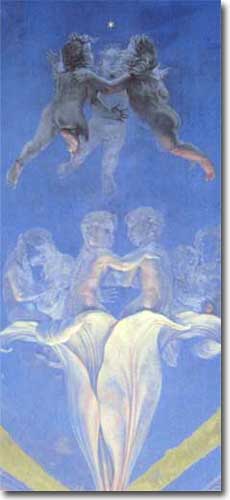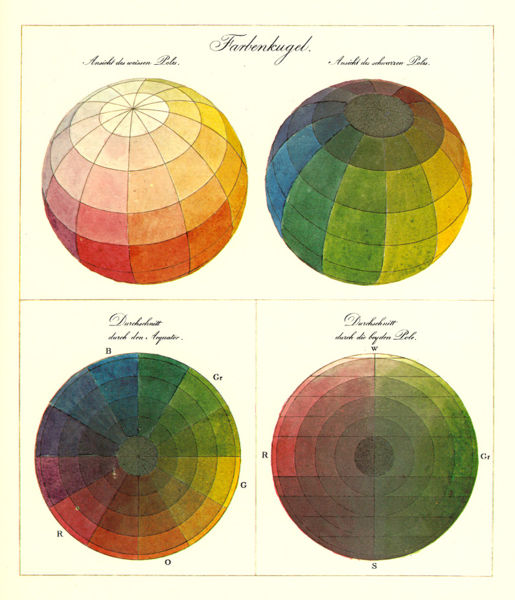Phillip Otto Runge (1777-1810)
Get a Runge Certificate of Authenticity for your painting (COA) for your Runge drawing.
For all your Runge artworks you need a Certificate of Authenticity (COA) in order to sell, to insure or to donate for a tax deduction.
Getting a Runge Certificate of Authenticity (COA) is easy. Just send us photos and dimensions and tell us what you know about the origin or history of your Runge painting or drawing.
If you want to sell your Runge painting or drawing use our selling services. We offer Runge selling help, selling advice, private treaty sales and full brokerage.
We have been authenticating Runge and issuing certificates of authenticity since 2002. We are recognized Runge experts and Runge certified appraisers. We issue COAs and appraisals for all Runge artworks.
Our Runge paintings and drawings authentications are accepted and respected worldwide.
Each COA is backed by in-depth research and analysis authentication reports.
The Runge certificates of authenticity we issue are based on solid, reliable and fully referenced art investigations, authentication research, analytical work and forensic studies.
We are available to examine your Runge painting or drawing anywhere in the world.
You will generally receive your certificates of authenticity and authentication report within two weeks. Some complicated cases with difficult to research Runge paintings or drawings take longer.
Our clients include Runge collectors, investors, tax authorities, insurance adjusters, appraisers, valuers, auctioneers, Federal agencies and many law firms.
We perform Phillip Otto Runge art authentication, appraisal, certificates of authenticity (COA), analysis, research, scientific tests, full art authentications. We will help you sell your Phillip Otto Runge or we will sell it for you.

Phillip Otto Runge was a Romantic German painter and draughtsman. Although he made a late start to his career and died young, he ranks second only to Friedrich among German Romantic painters.

Born within a family of shipbuilders, Runge, after the reading of poet Ludwig Tieck, decided to pursue an artistic career. Runge studied under Jens Juel at the Copenhagen Academy (1799-1801), then moved to Dresden, where he knew Caspar David Friedrich. In 1803 he settled in Hamburg. Runge was of a mystical, pantheistic turn of mind, and in his work he tried to express notions of the harmony of the universe through symbolism of colour, form, and numbers. He also wrote poetry and to this end he planned a series of four paintings called The Times of the Day, designed to be seen in a special building and viewed to the accompaniment of music and poetry. This concept was common romantic artistics trying to achieve “total art”, or a fusion between all forms of art. He painted two versions of Morning (Kunsthalle, Hamburg), but the others did not advance beyond drawings. Runge was also one of the best German portraitists of his period; several examples are in Hamburg. His style was rigid, sharp, and intense, at times almost naïve.

In 1810, after researching color for several years and corresponding with Johann Wolfgang von Goethe, he published Die Farbenkugel (The Colour Sphere), in which he describes a three-dimensional schematic sphere for organizing all conceivable colors according to hue, brightness, and saturation. Pure hues were displayed around its equator. Through the central axis was a gray value scale, from black at the bottom to white at the top. Across the surface of the sphere, the colors were graded from black to the pure hue to white, in seven steps. Intermediate mixtures theoretically lay inside the sphere. Runge died, due to tuberculosis. His sphere was adopted 150 years later by the great German teacher Johannes Itten. Itten opened the sphere into a star to display the entirety at once in 2-D.

Still wondering about a 19th century German painting in your family collection? Contact us…it could be by Phillip Otto Runge.
Reviews
1,217 global ratings
5 Star
4 Star
3 Star
2 Star
1 Star
Your evaluation is very important to us. Thank you.
